Solastalgia: The Weight in the Air
Nature Morte, Mumbai
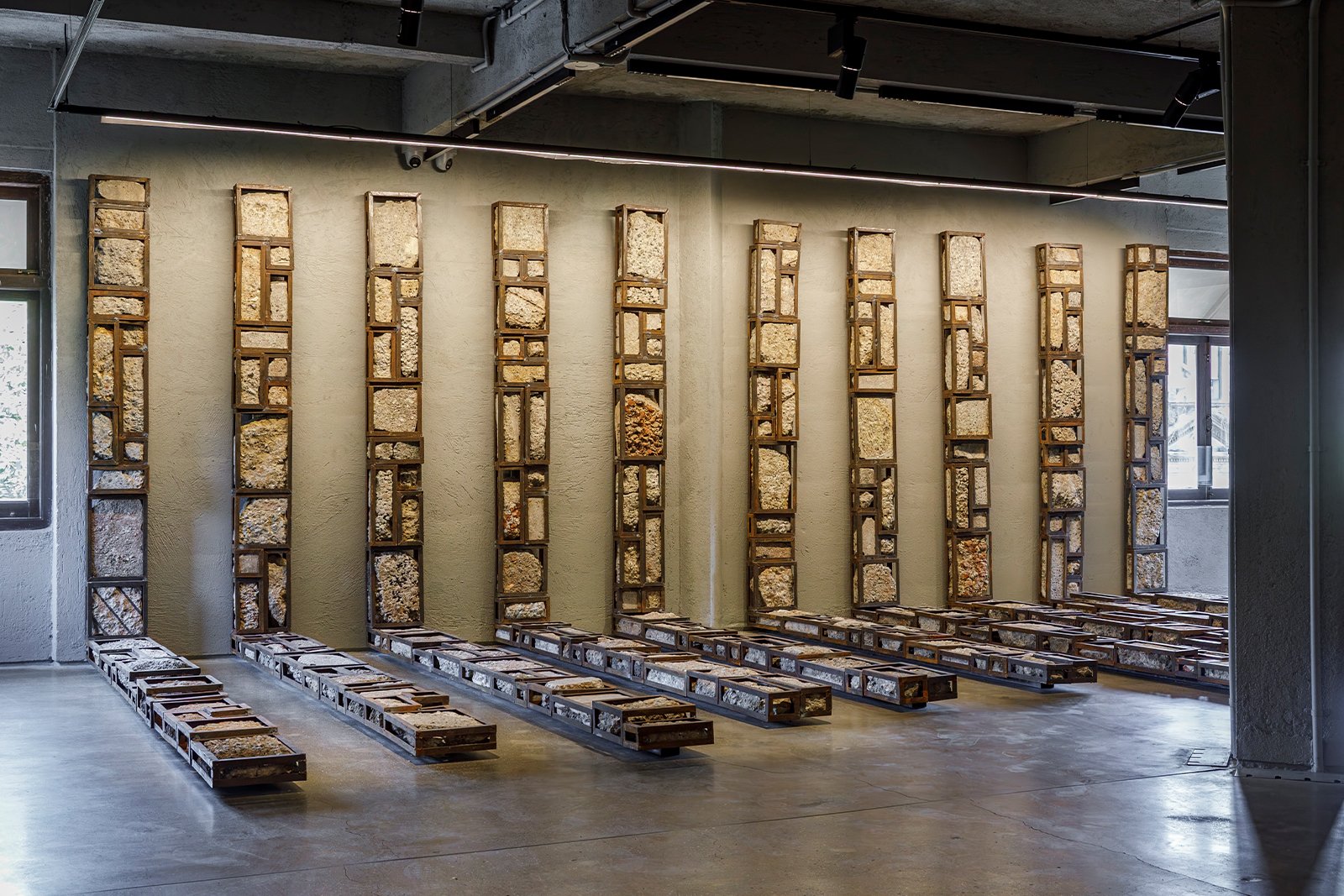
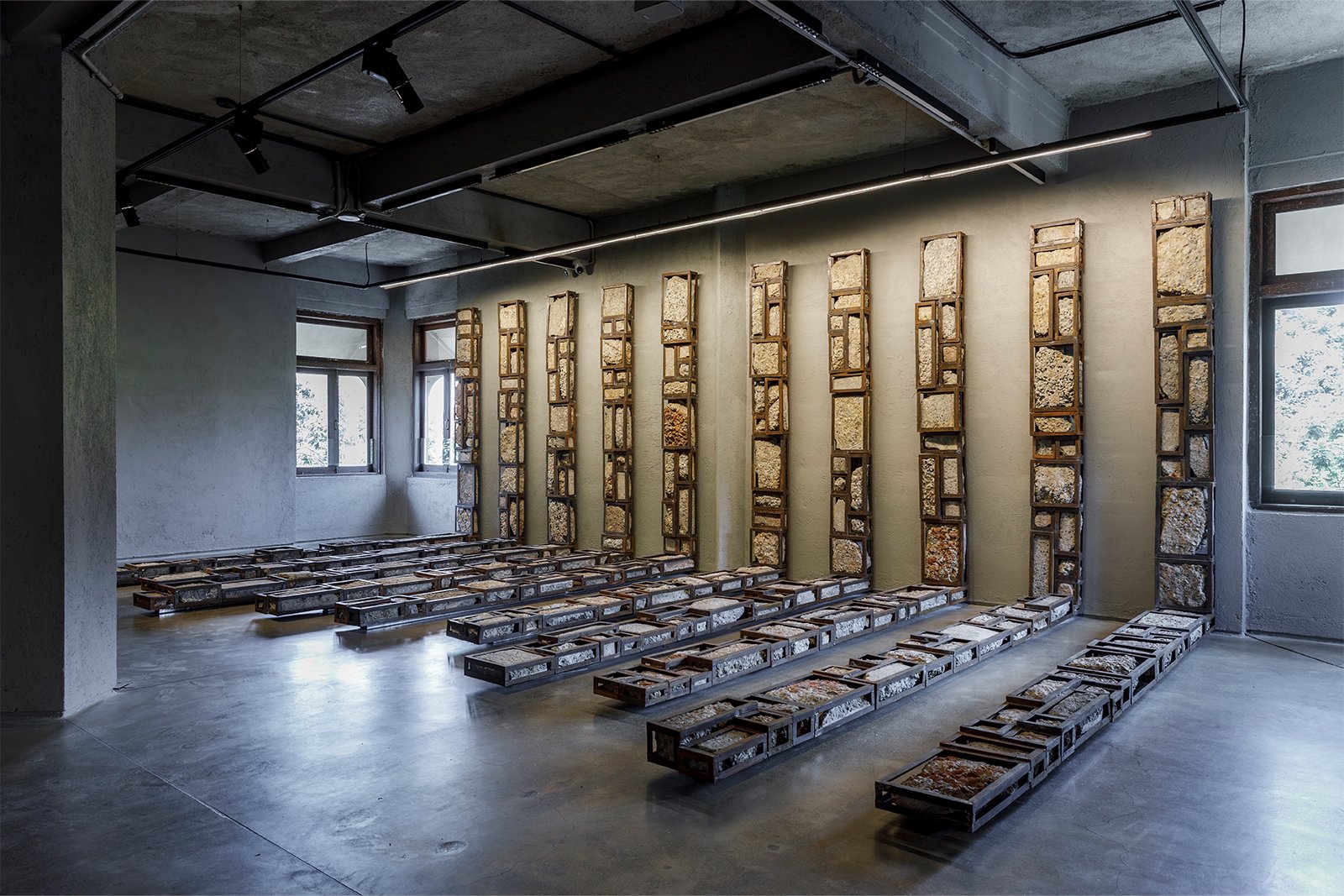

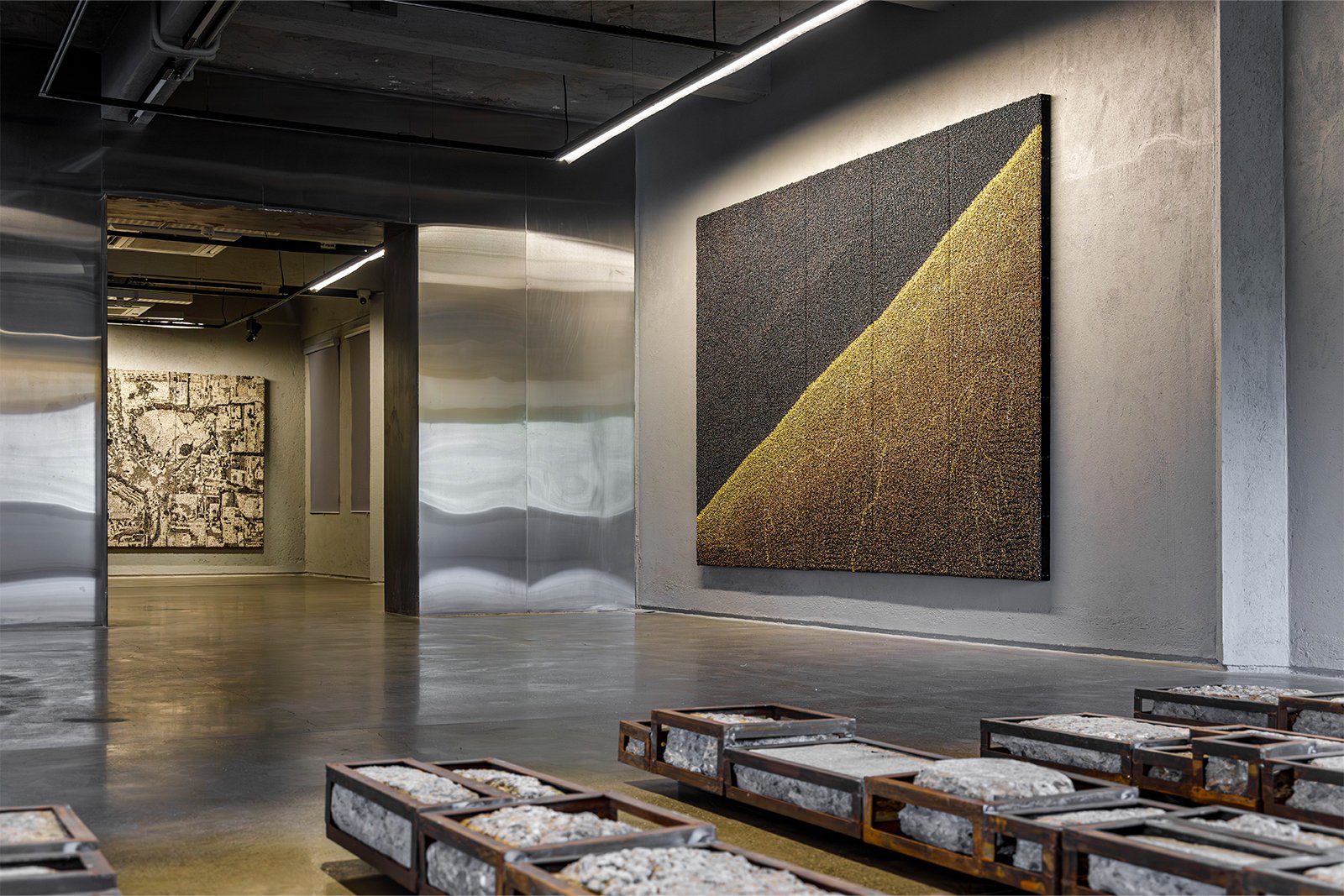
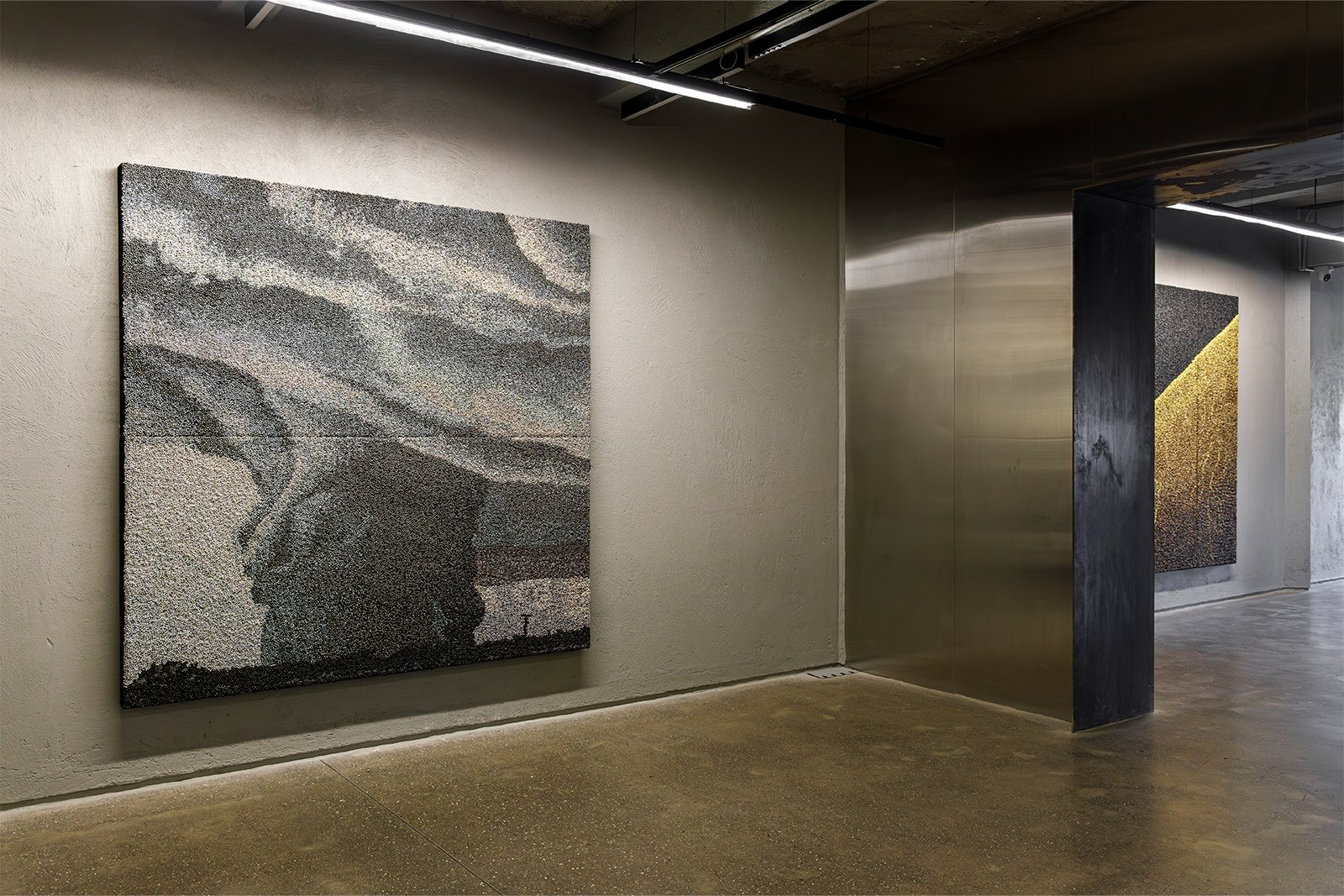
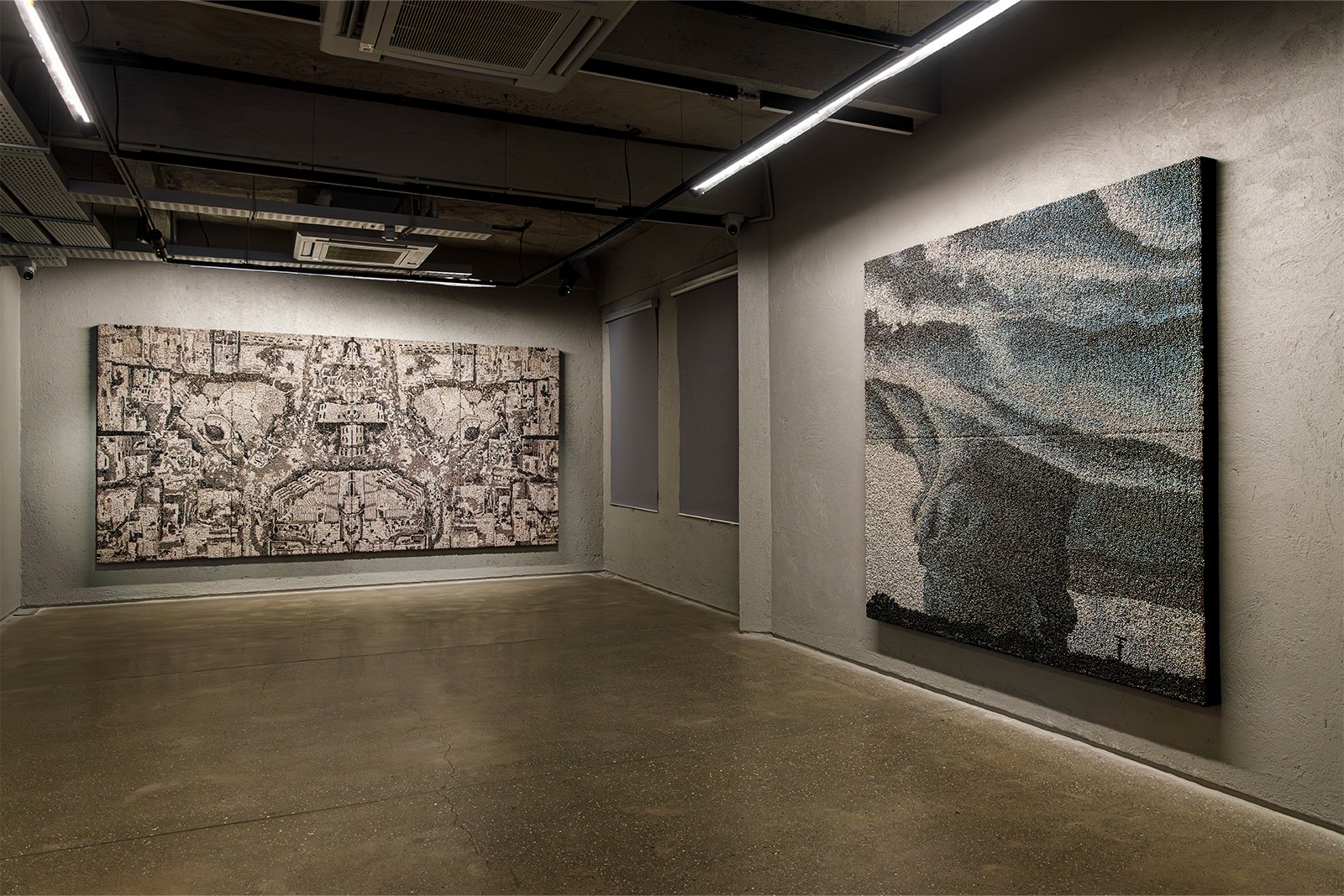
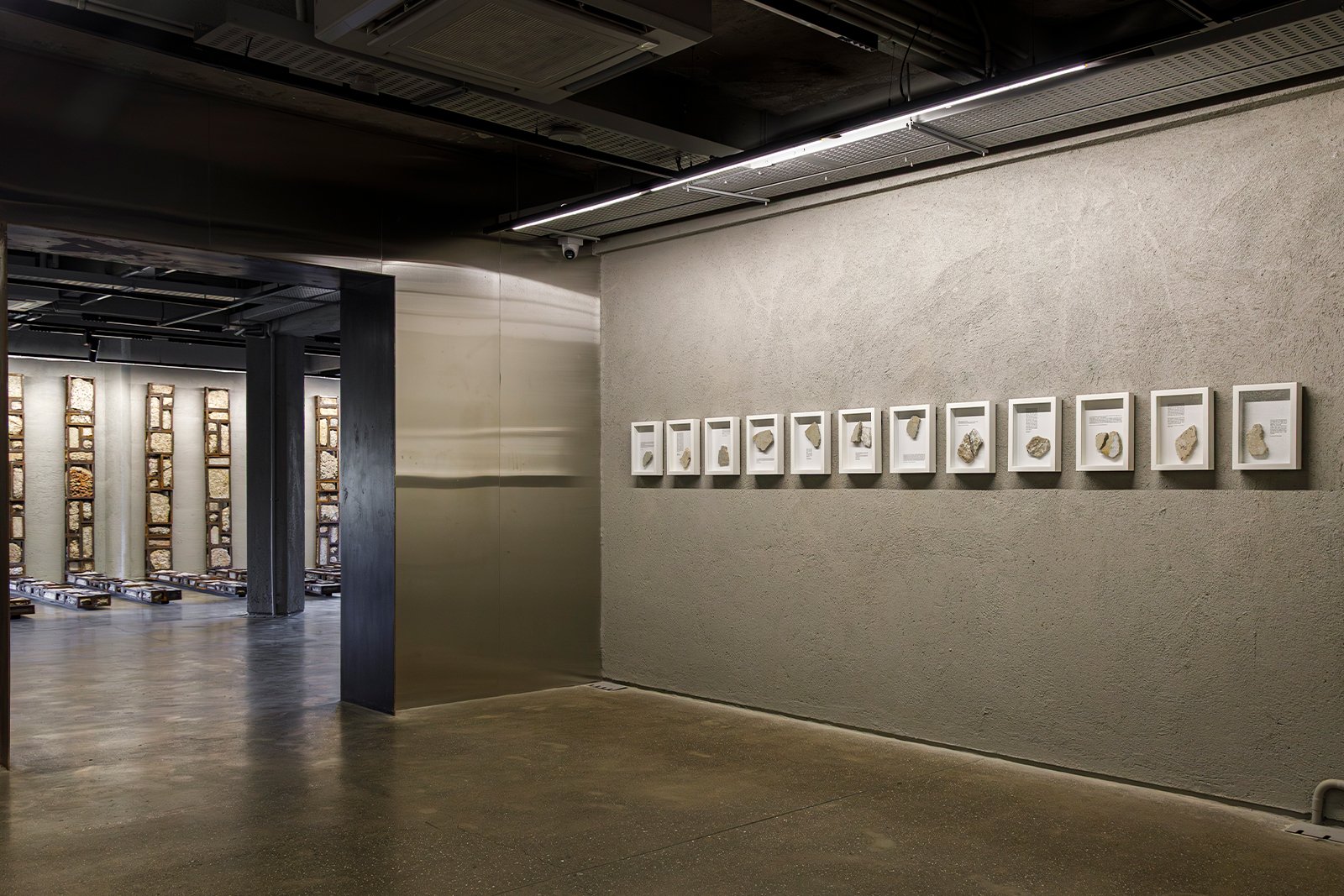
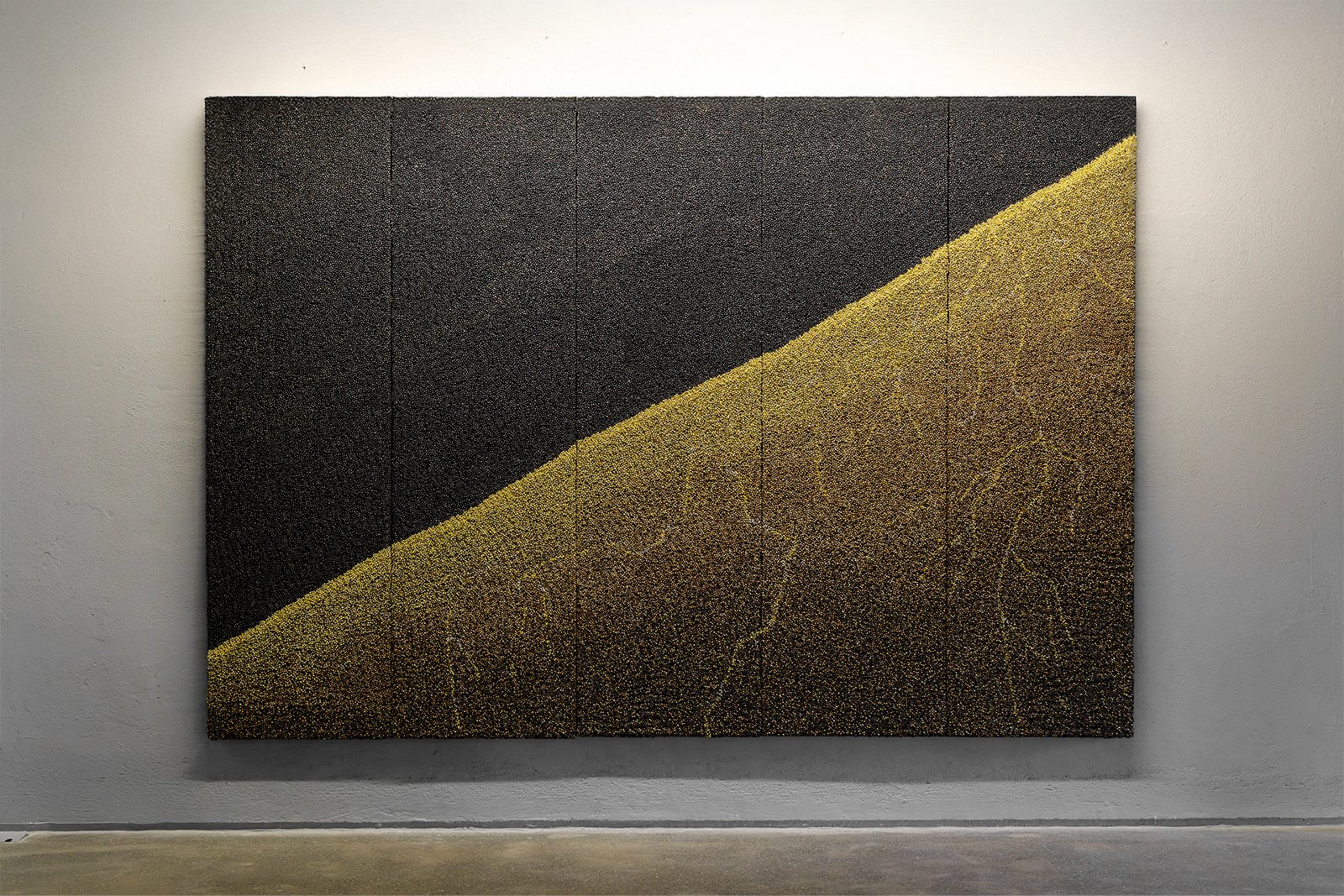
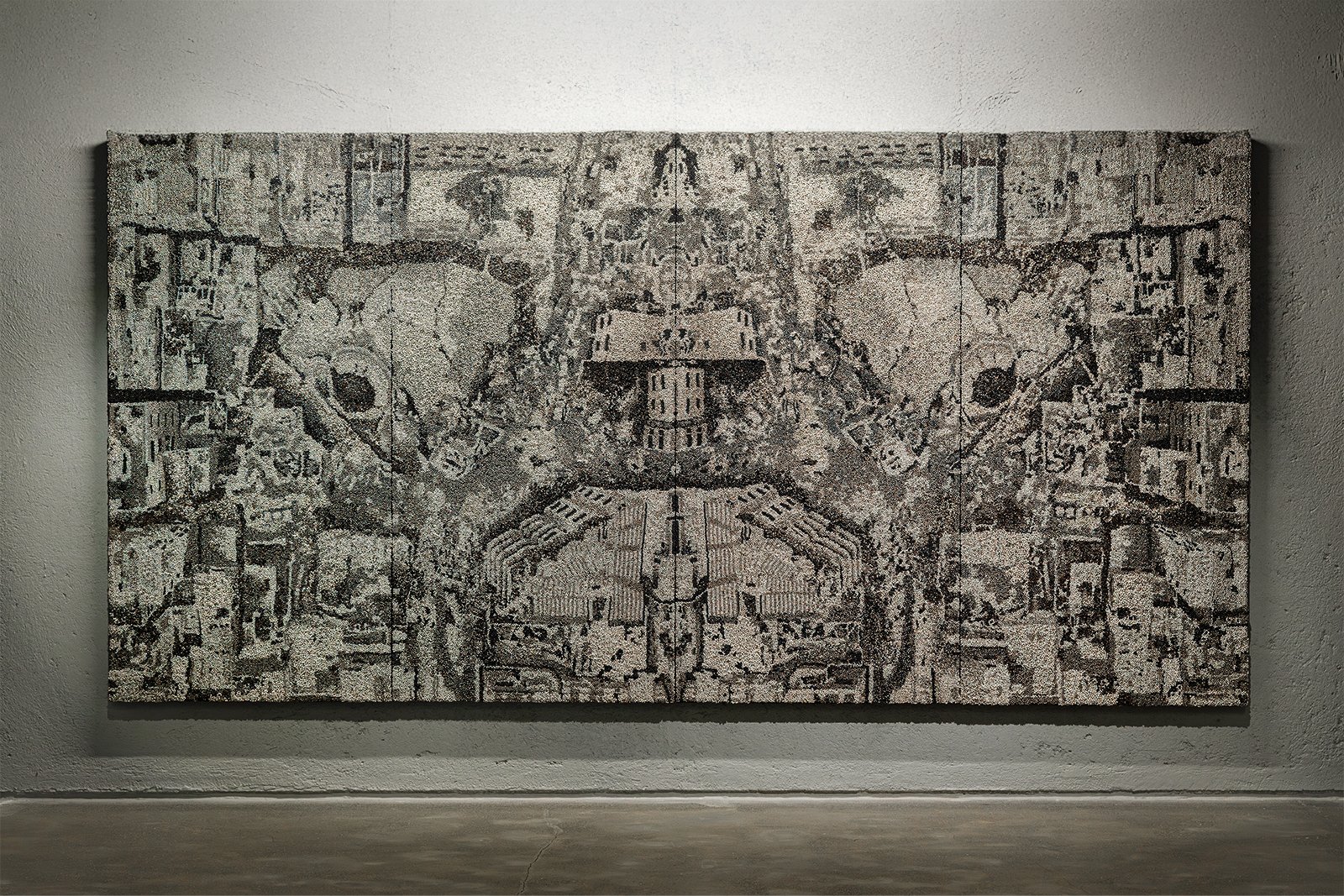
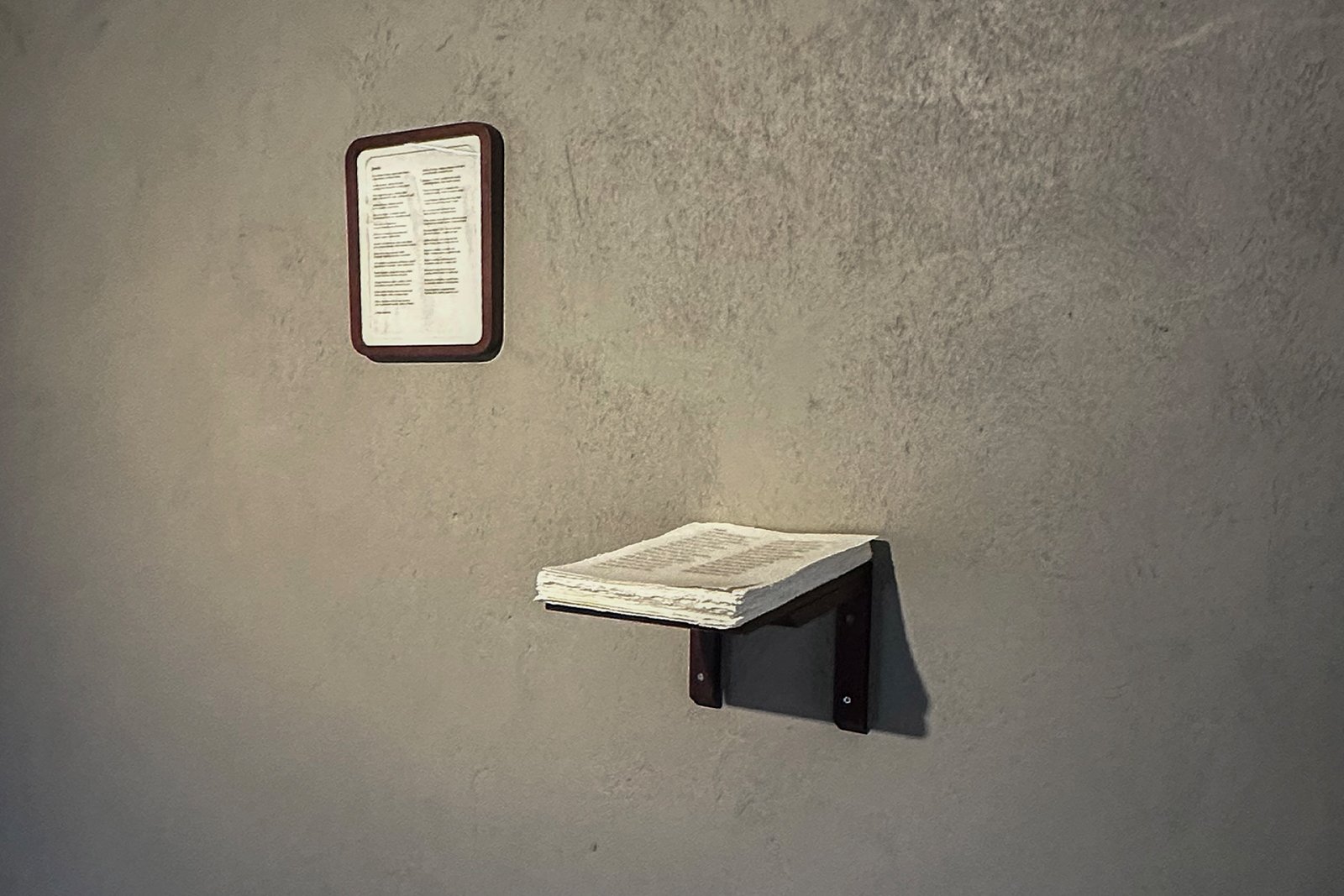
Previous
Next
This body of work explores the phenomenon of Solastalgia, a term coined by philosopher
Glenn Albrecht to describe the distress caused by irreversible environmental changes.
It
speaks to the deep emotional and psychological impact of climate change, particularly for
those witnessing the degradation of landscapes they once found solace in. The works in this
exhibition interweave real and imagined narratives, drawing from reappropriated imagery
and growing concerns about the rapidly shifting environment, politics, economics, and
natural world. These themes are deeply interconnected—none can be considered in
isolation.
The exhibition offers a bleak reflection on our times: despite rapid advancements in
knowledge and technology over the past fifty years, we have failed to learn from the past.
Political divisions persist, democracy appears increasingly ineffective, and we continue to
exploit the Earth’s resources through damming, mining, space interventions, and satellite
expansion, further deepening the crisis. Even the global Covid pandemic, which should have
prompted introspection and permanent change, instead only served to accelerate the
insidious agents of capitalism further. A recurring sentiment Galhotra expresses through her
works is: "I don’t know." This statement reflects the disorientation of living in an age where
misinformation prevails and a select few dictate the course of society, maintaining power
while leading us into destructive cycles. By the time we realize we are being misled, we are
already entangled in structures that offer no possibility of escape
The works on view are in a variety of materials.
Four works are in the artist’s signature
medium of patinated ghungroos, the tiny metal bells woven together to create tapestry-like
images. On view will be four new works, each of a very different character: “I Don’t Know,”
“Temper,” “Fire in the Sky,” and “Fractured.” Each of these works responds to the general
theme of the exhibition in different ways. While some picture destructive forces and a
foreboding anxiety, others offer a sense of hope and redemption from what seems inevitable.
“Pieces of Memory” is a large-scale sculptural installation, standing as a raw testament to
the crisis of unmanaged, illegally dumped concrete waste.Crafted from rubble collected in
urban spaces across India, this installation speaks to the growing global problem of
environmental degradation and the seemingly insurmountable task of cleaning up after the
rapid expansion of cities, the violence of conflict zones, and the ravaging effects of climate
disasters. The weight of these materials reflects the overwhelming challenges we face, and
the constant onslaught of negative news only deepens our sense of despair. Yet, even in the
rubble, there is a quiet whisper of resistance.
A sound piece featuring “Debris”, a poem written by Vibha Galhotra and recited by Rahul Baswani,
plays in the gallery throughout the exhibition.
“Untitled (Solastalgia-The Weight in the Air)” (2024–25) includes content from “Moving Stories:
The Voices of People Who Move in the Context of Environmental Change” (2014), authored by Alex
Randall, Jo Salsbury, and Zach White; edited by Rebecca Sullivan; published by Climate Outreach.
Used respectfully for artistic purposes
Solastalgia: The Weight in the Air
Nature Morte, Mumbai